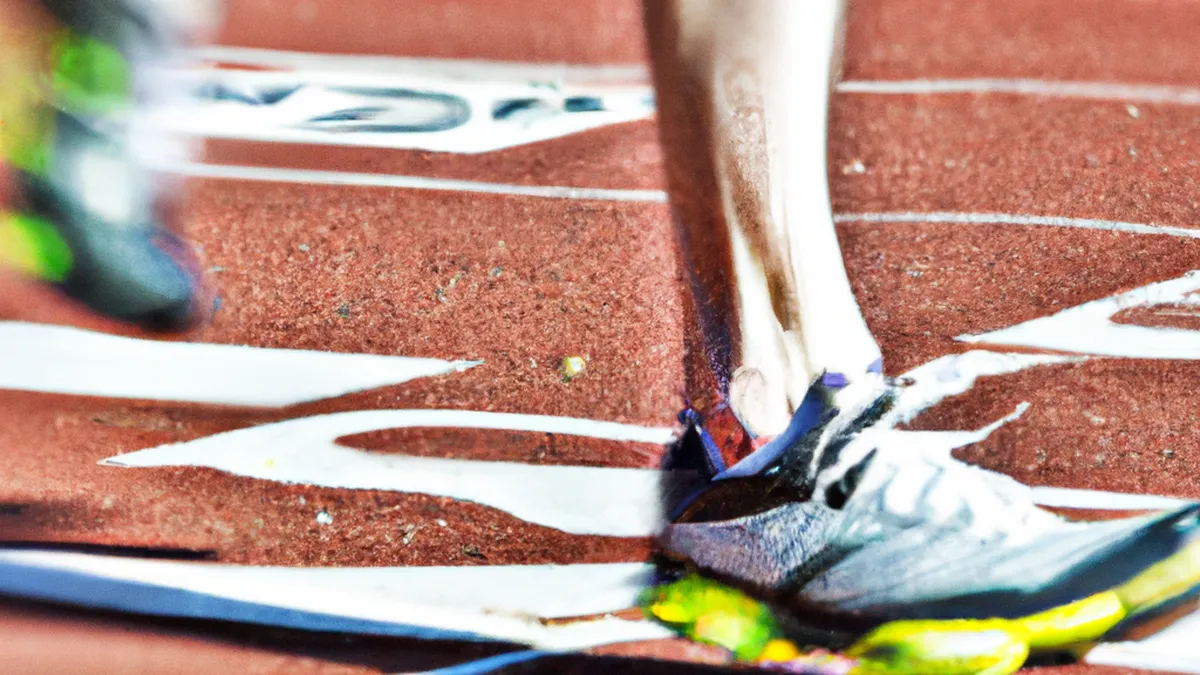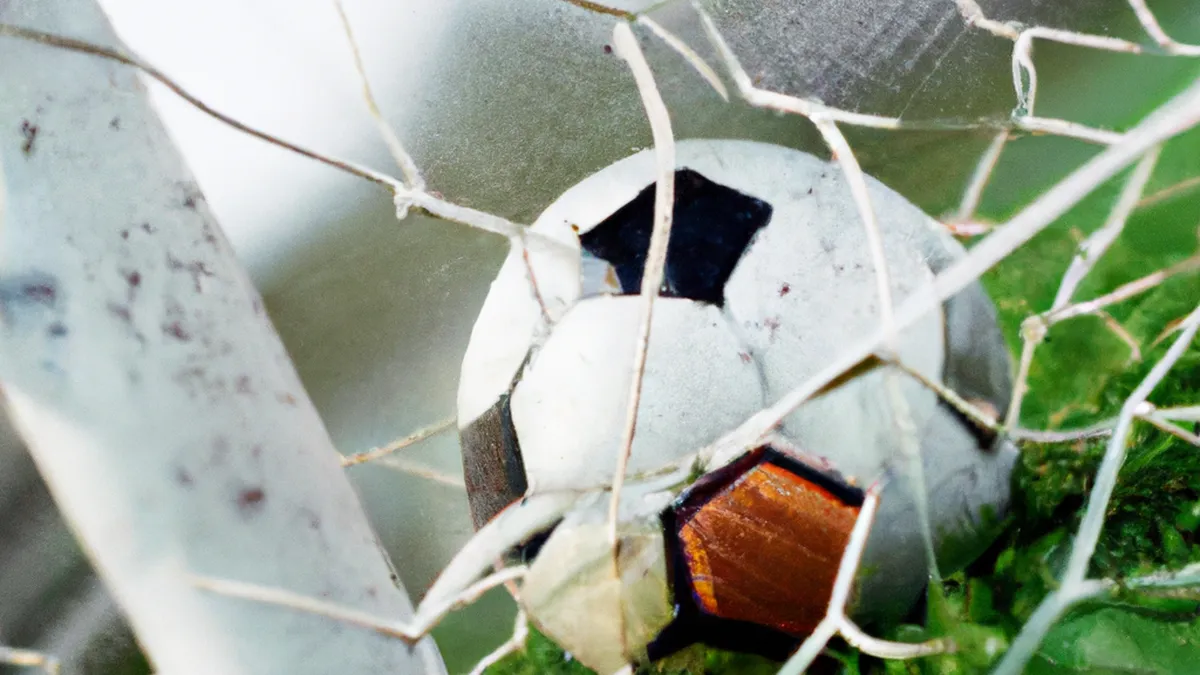Academic Success: 4 Rules for Table Tennis Players
Balancing Academic Commitments While Training in Table TennisAs a student-athlete, you juggle multiple responsibilities. You aim to excel in your studies while training hard for table tennis. Balancing these commitments can be challenging, but you can manage both with the right strategies. This blog post shares practical tips and highlights the benefits of maintaining this balance, helping you thrive in the classroom and on the court.
Create a Structured Schedule
Start by creating a structured schedule. A well-organized timetable helps you visualize your commitments and allocate your time efficiently.
Prioritize Your Tasks
List your classes, study sessions, and table tennis practice times. After that, prioritize your tasks. Identify urgent assignments and important training sessions. Use a planner or digital calendar for organization. Mark deadlines and include your training sessions and competitions. Knowing what’s most important allows you to allocate your time wisely. This proactive approach reduces stress and enhances productivity.
Use Time Blocks
Divide your day into time blocks for specific activities. Allocate hours for studying and practice. For example, dedicate mornings to classes and study sessions, reserving afternoons for table tennis training. This segmentation creates clear boundaries between academics and athletics, improving focus and efficiency.
Maximize Your Study Time
As an Amazon Associate I earn from qualifying purchases.
Gear tip: consider portable ball rebounder, tennis racket, and tennis balls to support this topic.
Training may pressure you to sacrifice study time. However, smart strategies can help you maximize study efficiency during your limited time.
Utilize Breaks Wisely
Use breaks between classes or training sessions for quick study bursts. Instead of scrolling through social media, review notes, read a chapter, or quiz yourself. Short, focused study sessions enhance information retention. Accomplishing small study goals during breaks offers a sense of achievement, easing your transition back to training.
Study with Purpose
Adopt a purposeful study approach. Set specific goals for each study session. For instance, aim to complete a math problem set or review a history chapter. Clear objectives boost motivation and effectiveness. When you study with intent, you achieve more in less time, freeing up hours for training.
Communicate with Your Coaches and Teachers
Effective communication plays a crucial role in balancing your commitments. Maintain open communication with your coaches and teachers to gain flexibility.
Share Your Goals
Inform your coaches about your academic commitments. They appreciate your dedication to both sport and education. Most coaches understand and can help you manage your training schedule around important academic deadlines.
Conclusion
Balancing academic commitments and training in table tennis requires careful planning and effective communication. Use these strategies to succeed in both areas.
Below are related products based on this post:
FAQ
How can I effectively balance my academic commitments and table tennis training?
To balance academic commitments and table tennis training, create a structured schedule that visualizes your responsibilities. Prioritize tasks by identifying urgent assignments and important training sessions, and use a planner to stay organized.
What strategies can I use to maximize my study time while training?
Maximize your study time by utilizing breaks wisely for quick study sessions and adopting a purposeful study approach with specific goals. Short, focused bursts of study can enhance retention and make efficient use of your limited time.
Why is communication important in managing my academic and athletic responsibilities?
Communication is key to balancing your commitments as it allows you to inform coaches and teachers about your academic goals. This openness can lead to flexibility in your training schedule, helping you manage both your studies and practice effectively.















Post Comment